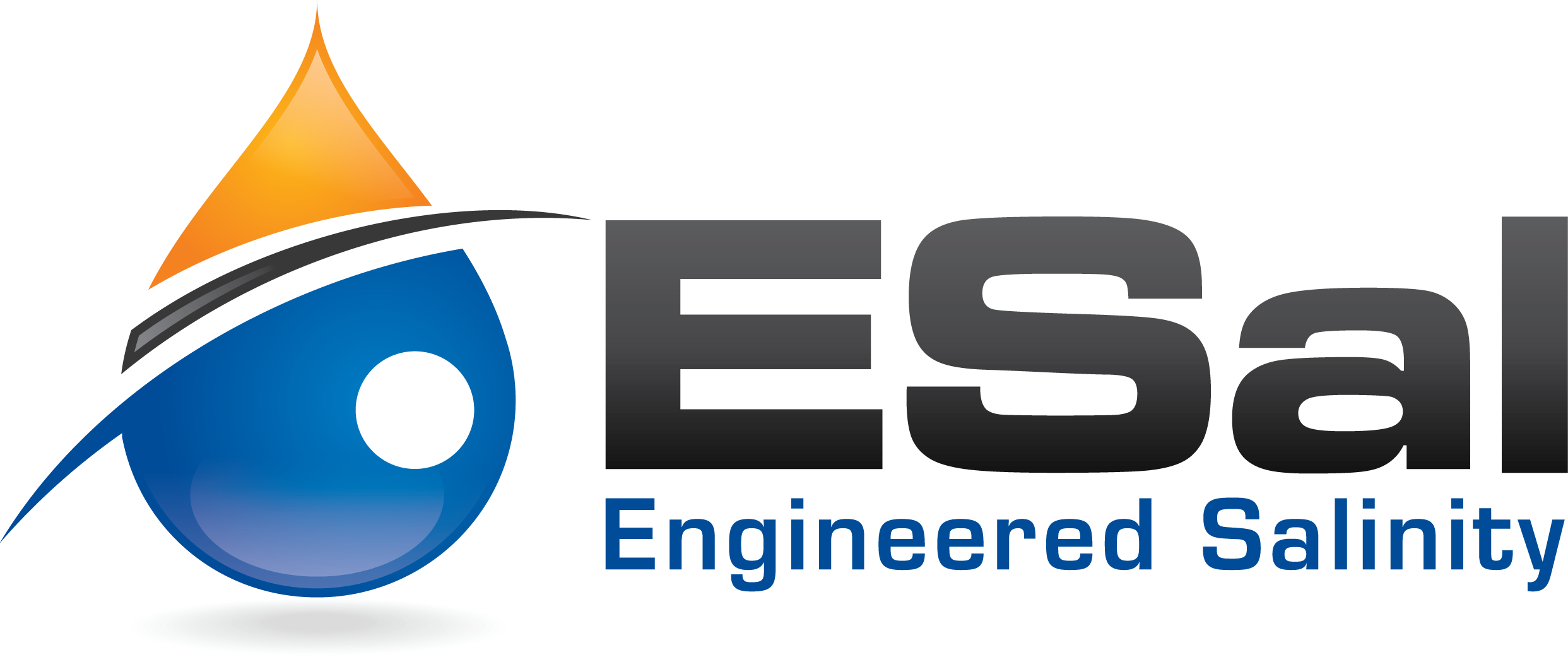We recently spoke about the sweet spot of wettability, which is an ideal combination to recover the most oil possible. Optimal wettability occurs when oil moves as easily as water.
The example we spoke to referred to how injection water was identically changed in two fields for operational reasons, each right next to the other. Everything else in the way of any influencing factors was identical and unchanged.
In one field, we calculated that that field would yield substantially more oil production and exceed all expectations the oil company had for profitability and oilfield lifespan.
However, what if the wettability is changed in the wrong direction?
Then you have what is referred to as Wettability Damage. This type of damage occurs when the wettability alteration lowers expected recovery, thereby reducing profitability.
At ESal, we estimate that among all the oilfields in the world, no less than 20% are experiencing this type of damage. And as you’re about to see from one example, it’s damage that can be outrageously costly.

In the particular graph you’re viewing, the operator had changed wettability in such a manner that oil production was trending downward even faster than it had previously been, from a rate of 5.90% to a rate of 11.45%.
Just look at the staggering numbers that reflect a missed opportunity to reverse course:
- $363 million lost in additional pre-tax profit
- $130 million in decreased oilfield value
- 23.5 years lost in oil production
- 16 million barrels of production unrealized
It was clear to us at ESal that this oil company was not trending toward that sweet spot of wettability at all. In addition, nothing suggested a positive turn of events would be coming to optimize wettability if no other changes were implemented.
Now, in a different field but using the same water, we had measured an ideal result, suggesting greater oil recovery and potential profitability for much longer than anticipated – essentially a longer lifespan for the oilfield.
Yet, in the field measurements you see here, with the same water, notice the red curve. That is wettability damage occurring – and the company never knew it was happening. Even when alerted to the massive amount of revenue that could be lost from not returning to the oilfield and striving to change the wettability ratio, the oil company declined.
Frankly, this lack of understanding of wettability damage and its negative financial impact occurs far more commonly than many in the oil industry could ever imagine.
Is Wettability Damage Reversible?
If diagnosed properly and action is promptly taken, quite possibly the answer is yes.
Wettability damage can not only be reversed, but also an oil company can achieve substantial recovery from a damaged field. Essentially, this additional rate of recovery may reverse the impact of the damage. For all practical purposes, it’s as if you avoided the damage in the first place.
Yes, an oil company that experiences wettability damage can lock oil into a reservoir, creating a very negative impact on the field’s production and the company’s bottom line too. But with ESal’s extraordinary methodology and technology, wettability damage can be reversed. The red curve you see on this graph could still change to become a green curve, signifying peak conditions for wettability, which can lead to getting more oil out of a well and achieving more profit.
Oil you never even expected to have from a field. How do you put a price on that? It’s a lot more appealing than the hefty price you might pay by ignoring wettability damage. That’s for certain.
The sooner you bring in ESal for a no-risk measurement of one of your wells, the better. We’ll be able to give you a straight answer on whether or not your wettability can be altered and to what degree. You can stick to rock or stick to profit. Make the call and bring in our team today at 307.760.9421.

